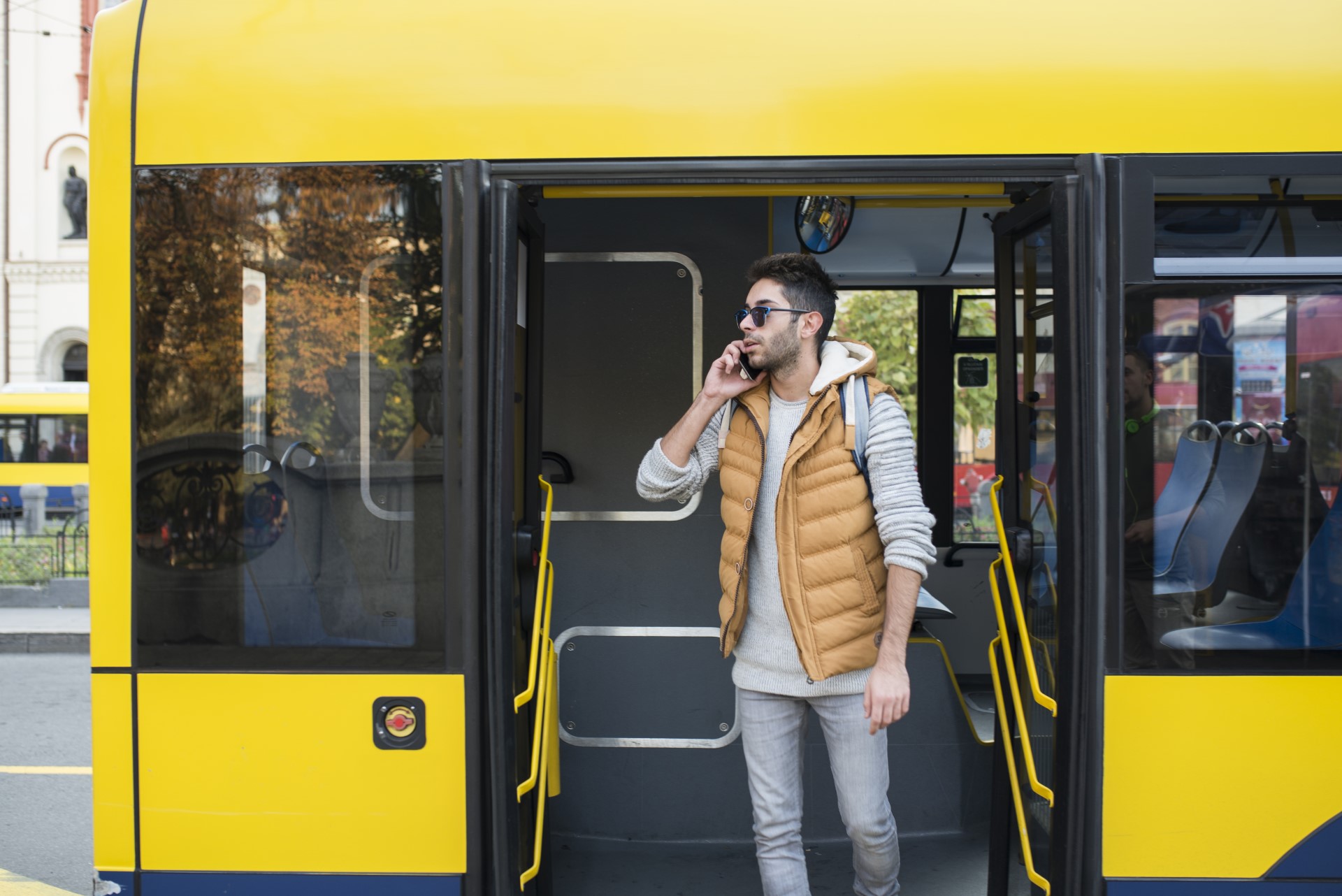Safety on the Streets
As and when lockdown restrictions ease in different parts of the country, it’ll be natural to start making plans to meet up with friends and go out and about again. However, if you’re concerned about safety, we’ve compiled some safety advice and sources of further information, which we hope you, your teens, young adults and other loved ones will find useful.
Plan ahead
- Before you go out, have a plan for how to get home. Check times for last bus, train. Could you travel with a friend?
- If walking, check out the area on Google Street View to see landmarks, potentially unsafe areas, and choose your best route.
- Always let someone you trust know your plans and keep them updated.
- If you are going out with a group of friends, make a plan for if any of you get separated.
Out and about
- If you can, walk facing oncoming traffic. This will mean you are more aware of people approaching you – whether by foot or bike, or a slowing car.
- Walk with a friend whenever possible, or if you are travelling alone and are concerned consider phoning someone and keep talking with them until you reach home.
- Trust your instincts. If you feel uneasy about where you are about to walk, try a different route but keep your trusted person updated (call them rather than text so you are not visually distracted).
- Be alert. Being observant of your surroundings can help you identify potential problems and identify exit routes.
- If you feel you are being followed: as confidently as you can, cross the road, turning to see who is behind you. If you are still being followed, keep moving. Head to a busy area and tell people what is happening. If necessary, call the police.
Share your location using your smartphone
- WhatsApp users can choose a contact, hit the attachment button next to the text box and select "location" - this will share the location of the device, only with the person you are messaging, for a certain period, ranging from 15 minutes to eight hours.
- On an Android phone, if the emergency location service is switched on (it's within settings, under the location tab), the device will automatically share its location with the emergency services during a call. An iPhone will automatically ping its location once the emergency call is finished.
Contacting the emergency services
- If you have an iPhone 8 or later, press the side button simultaneously with one of the volume buttons until an SOS slider appears. Swipe your finger across the slider and your location will be sent to the emergency services. Or, if you continue to hold, a countdown will lead to an alert sound. Continue to hold the buttons further and your phone will call the emergency services. For models iPhone 7 or earlier, press the side button five times rapidly to get the SOS slider.
- On Android phones, these features differ depending on the manufacturer. You can often find the information you need by searching in your phone’s Settings for phrases such as SOS messages or simply the word emergency.
- For example, Samsung phones have a feature called Send SOS Messages: press the side key three times to automatically message someone with your location. It will automatically attach pictures using your rear and front camera, as well as an audio recording of the moments before the message was sent.
Visit the Suzy Lamplugh Trust website for more advice and resources.




